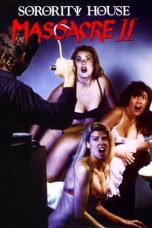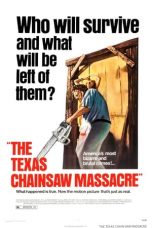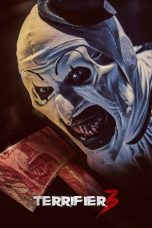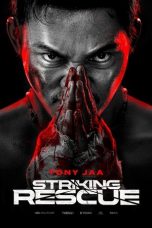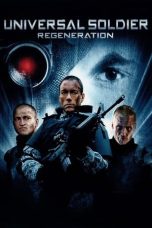- Source: Eilabun massacre
The Eilabun massacre was committed on 30 October 1948 by the Israeli Defense Forces as part of the 1948 Palestine war. A total of 14 men from the Arab Christian village of Eilabun were killed, 12 of them executed by the Israeli forces after the village had surrendered. The remaining villagers were expelled to Lebanon, living as refugees for some months before being allowed to return in 1949 as part of an agreement between the state of Israel and Archbishop Maximos V Hakim.
It was one of the few Arab villages to which most of the displaced were eventually able to return. The massacre is the subject of the documentary film Sons of Eilaboun by Hisham Zreiq.
Overview
Christian villages, which were usually friendly or not hostile to the Yishuv, were generally left in peace by Yishuv forces. The forces of Fawzi al-Qawuqji's Arab Liberation Army (ALA) occupied Eilabun. On the 12th of September 1948, two Israeli soldiers were killed on a nearby hilltop, Outpost 213. The severed heads of the Israeli soldiers were carried by the ALA troops and inhabitants of the village in a procession through the village.
After a battle outside the village in which six Israeli soldiers were injured and four Israeli armoured cars were destroyed, a battle that was part of Operation Hiram, the Golani Brigade's 12th Battalion, entered the village on 30 October 1948 and the population surrendered. Villagers flew white flags and were escorted by four local priests. Most of the villagers were hiding in two churches. The soldiers however were angry due to battle losses, the earlier procession, and possibly the discovery of a rotting head in one of the houses.
According to a letter by village elders, one villager was killed and another wounded by IDF fire while assembling at the IDF's orders in the village square. The IDF commander then selected 12 young men, ordered that the 800 assembled inhabitants be led to nearby Maghar, and then stayed behind to execute the 12 men. Another old man was killed by fire from an armoured car on the way. Some 42 young men were kept in a POW detention camp, and the inhabitants were expelled to Lebanon.
About fifty-two villagers were left in Eliabun, mainly the elderly and children. The village priests complained bitterly about the expulsion of the villagers and demanded their return. Following a United Nations investigation and pressure from the Vatican and discussion within the Israeli government, the villagers were allowed to return and receive Israeli citizenship as part of a 1949 agreement between the state of Israel and archbishop Maximos V Hakim in return for Hakim's future goodwill. In 1967, Hakim was elevated to Patriarch of the Melkite Catholic Church of the East.
The event was documented in a report by the United Nations observers. In 1983 the victims were commemorated by a memorial monument adjacent to the Christian cemetery in Eilabun. A second monument commemorating the massacre was built in 1998 but it was soon vandalized and practically effaced.
Eilabun massacre in film
The Sons of Eilaboun (Arabic: أبناء عيلبون) is a 2007 documentary film by Palestinian artist and film maker Hisham Zreiq that tells the story of the massacre.
See also
Arab al-Mawasi massacre, directly connected
Killings and massacres during the 1948 Palestine War
The Sons of Eilaboun
List of massacres in Israel
References
= Citations
== Sources
=Notes
External links
Palestine Remembered - Eliabun
The Sons of Eliaboun
Sons of Eilaboun
Palestinian Diaspora by Gary Olson
Leaving Haifa, 1999
The Palestinians' Right of Return by Robin Miller
The expulsion of the Palestinians re-examined By Dominique Vidal
Right of Return story
Kata Kunci Pencarian:
- Eilabun massacre
- Eilabun
- Killings and massacres during the 1948 Palestine war
- Operation Hiram
- The Sons of Eilaboun
- Flour massacre
- Deir Yassin massacre
- List of towns and villages depopulated during the 1947–1949 Palestine war
- Arab al-Mawasi massacre
- October 1948
Universal Soldier: Regeneration (2009)
No More Posts Available.
No more pages to load.
